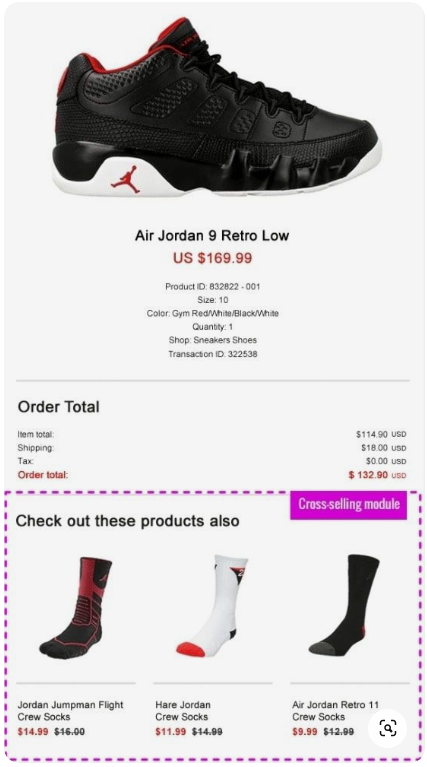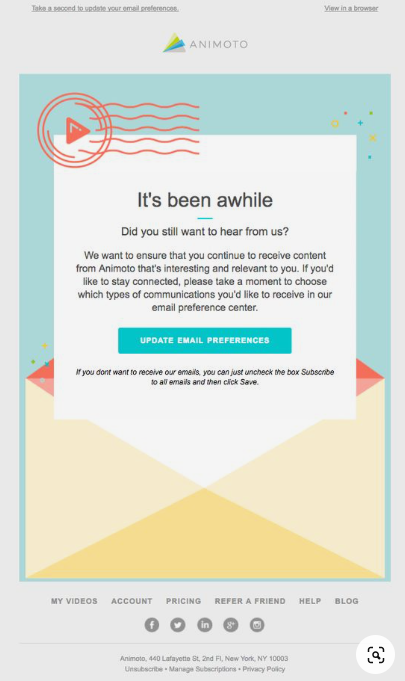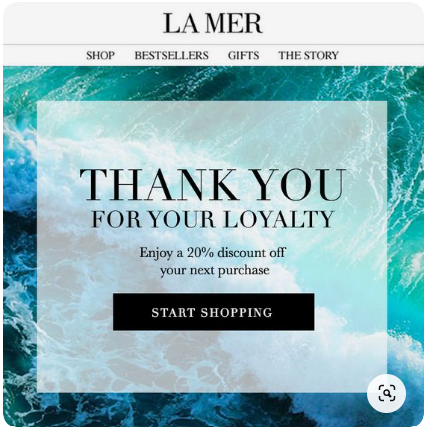5 Emails Every Online Store Must Have (Part 2)
In the second part of our series on emails for online stores and building an email marketing strategy, we will focus on:
- Order Confirmation
- Upsell Order
- Cross-Sell
- Return/Inquiry
- Thank You
If you haven’t read our previous article, where we discussed the differences between transactional and promotional emails, as well as the top 5 emails every online store should send, you can do so by clicking HERE.
Order Confirmation
Studies show that each order confirmation email generates approximately $0.25 in additional revenue for businesses. This translates to $250 for every 1000 orders. For an automated email, that’s quite impressive, don’t you think?
Apart from boosting your sales, you can also achieve another crucial goal through this email: meeting customer expectations. As discussed in our previous article, failing to send any indication that an order has been placed leaves consumers with numerous unanswered questions. These questions can lead to distrust and confusion, which no business wants for its customers.
Here’s an easy way to provide additional value to your customers. Your order confirmation email doesn’t have to be limited to a digital receipt; it can also serve as a reminder to customers that they made the right decision by choosing your products or services.
Upsell Order
We’ve emphasized the power of email marketing for both Upsell and Cross-sell strategies on numerous occasions. In this section, we’ll specifically focus on upselling, with cross-selling covered in the next section.
Upselling involves promoting a higher-priced product with superior features compared to the one initially chosen, aiming to enhance the overall value of the shopping cart. How can email marketing play a role in this strategy?
If your customers have been browsing products within a specific category and price range, you can leverage email marketing to send them offers for more premium, high-quality items in a higher-end category. This way, you can encourage customers to consider upgrading their purchase to a more valuable option.
Cross-Sell
Cross-selling is a technique that involves promoting additional products that complement the main product. This approach is akin to when you visit a restaurant and, apart from offering a beverage, you are also presented with options for side dishes and desserts.
So, where’s the best place to showcase cross-sell products?
Typically, cross-sell product suggestions are placed on the product page, either below or adjacent to the product description.
But in the context of email communication, which is our focus here, there are two key opportunities to implement cross-selling. First, when a person has already placed an order, you can introduce them to related products in the order confirmation email, encouraging them to make a second purchase.
Secondly, if a customer has items in their shopping cart but hasn’t completed the purchase, you can include cross-selling suggestions in the abandoned cart email, as we discussed in our first article on this topic. This can help rekindle their interest and potentially lead to additional sales.
Return/Inquiry
While the primary objective of anyone engaged in email communication is often to expand their email list, it’s essential to consider the quality of your audience rather than just the quantity. What’s the value of having an email list with tens of thousands of users if only 2-3% of them are actively engaged? Moreover, think about the resources and effort wasted on sending emails and analyzing results for an uninterested or irrelevant audience.
This is why we recommend incorporating an automation segment for users who exhibit inactivity over time. When users consistently show inactive behavior, such as not opening emails or not clicking on links, it’s advisable to introduce a step where you assess their ongoing interest in the content you provide. This proactive approach can help you re-engage with these users, refine your email list, and improve the overall effectiveness of your email marketing efforts.
You can even run a survey to gather information about their content preferences, allowing you to segment your audience more effectively.
If, after sending two or three of these emails, users still don’t respond, it’s advisable to consider removing them from your email list. Reactivation efforts should be made every 3 to 6 months to give them another opportunity to engage with your content.
Thank You
It’s crucial never to overlook the importance of expressing gratitude to your customers for choosing to shop with you; this is a fundamental practice for any business.
However, it’s essential to strike the right balance between a genuine thank-you message and clichéd expressions. Avoid getting bogged down in overemphasizing the importance of the customer’s order to your business.
In your thank you email, focus on conveying your attitude rather than relying on empty, overused phrases. If the customer has purchased a specific type of your products that encapsulates their shopping experience, consider including their thank you email with additional suggestions of similar or related products. This approach can leave the impression of providing valuable information.
As a quick and valuable tip to conclude this article: refrain from cluttering your email content with unnecessary information. Utilize these email techniques and types only when they are genuinely needed, rather than sending emails when you have nothing substantial to share.
Best of luck with your email campaigns, and keep an eye on our social networks for the latest trends, news, and interesting information related to digital marketing until our next article.








